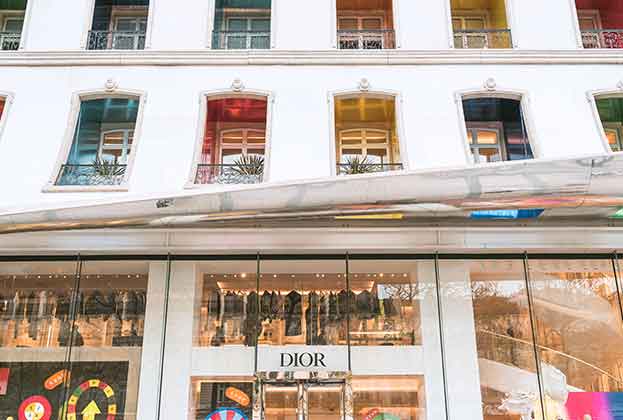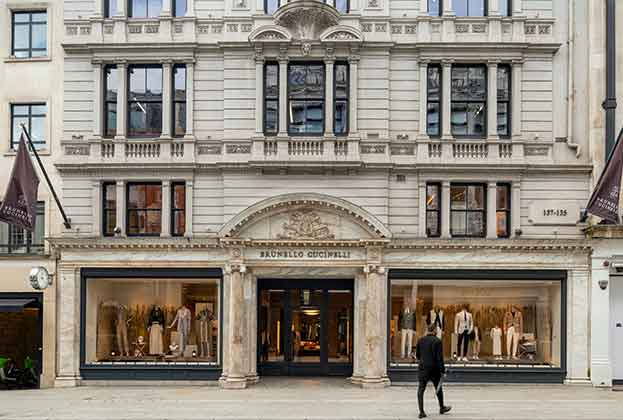The world of emissions accounting is a confusing one. You may have heard of greenhouse gas emissions being split into three ‘scopes’.
Scope 1 is fairly easy to define, relating to fossil fuels that are directly combusted by an organisation, such as petrol, diesel or gas.
Scope 2 emissions result from the production of heat or electricity that’s consumed by an organisation, generally by lighting, ventilation, and computers.
Scope 3 is everything else, including indirect emissions that occur in a company’s value chain such as from goods produced by others, business travel, employee commuting, waste production, investments, and leased buildings.
Scope 3 emissions can be a significant proportion of an organisation’s carbon footprint, with a considerable difference between a retail landlord’s Scope 3 emissions (related to the Scope 1 and 2 emissions of tenants) and that of a retail tenant (related to their supply chains).
Retail landlords are increasingly working on reducing their Scope 3 through collaborating with their tenants. Due to the significance of their Scope 3, a retailer wishing to take responsibility for their emissions as part of a broader ESG strategy is likely to prioritise their supply chain to green their products and services, rather than the premises they occupy. This can present landlords with a barrier to reducing their Scope 3, many of whom are seeking to install ‘green leases’ to collaborate with occupiers to improve fit-outs and operational energy usage.
Often retail tenants resist green leases, viewing them as an additional cost commitment that can’t be written off operationally and just benefit their landlord’s investment values. Meanwhile, landlords that implement improved energy efficiency measures have spent money, but see tenants benefitting from reduced bills, hence why some landlords resist energy efficiency capital expenditure. This leaves us with somewhat of an impasse.
This mismatch in priorities neglects the fact that an occupier’s Scope 1 and 2 emissions will also be their landlord’s Scope 3 emissions, and that energy efficient refurbishment, fit-out and operation can help to reduce these significantly. It sends mixed messages to consumers if a retailer with high sustainability principles occupies poorly insulated buildings, with inefficient lighting, and leaves the doors open this winter.
During operation, landlords and tenants should therefore work together to set and achieve energy use intensity targets, as 80 per cent of building emissions can be attributed to occupier activities. The adoption of third party assessment methodologies can help avoid greenwashing and provides confidence that the buildings that are being let and occupied are compatible with national net zero targets.






.jpg)

.jpg)